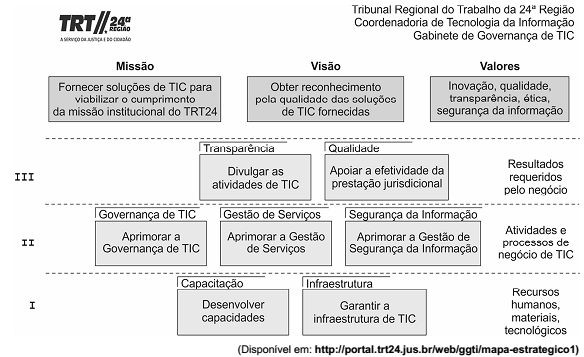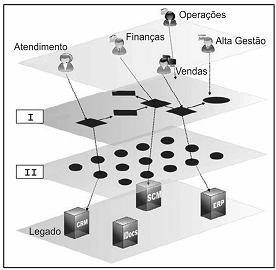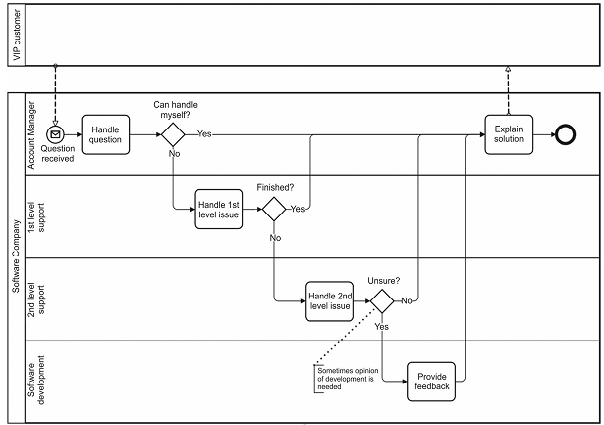Questões de Concurso Público TRT - 24ª REGIÃO (MS) 2017 para Analista Judiciário - Tecnologia da Informação
Foram encontradas 9 questões
“It provides methods for classifying architecture and solution artifacts, both internal and external to the Architecture Repository, as they evolve from generic Foundation Architectures to Organization-Specific Architectures.
It enables the architect to articulate the broad perspective of what, why, and how the enterprise architecture has been designed with the factors and drivers considered. It is an important aid to communication and understanding, both within individual enterprises, and between customer enterprises and vendor organizations. Without an understanding of ‘where in the continuum you are’, people discussing architecture can often talk at cross-purposes because they are referencing different points in the continuum at the same time, without realizing it.
It enables the organization of reusable architecture artifacts and solution assets to maximize the enterprise architecture investment opportunities.
The simplest way of thinking of it is as a view of the repository of all the architecture assets. It can contain architecture descriptions, models, building blocks, patterns, viewpoints, and other artifacts - that exist both within the enterprise and in the IT industry at large, which the enterprise considers to have available for the development of architectures for the enterprise.”
(Source: http://pubs.opengroup.org/architecture/togaf9-doc/arch/chap39.html).
Considering The Open Group Architecture Framework − TOGAF, the text describes the
O Tribunal Regional do Trabalho da 24ª Região desenvolveu o mapa estratégico do PETI 2015-2020 mostrado na figura abaixo.

No mapa estratégico, de acordo com os fundamentos do Balanced Scorecard − BSC,
Considere o grupo integrado de ferramentas, mostrado na figura abaixo, que forma um sistema de modelagem de negócios de uma organização.

As aplicações geradas pela organização operam dentro do ...I... e o negócio acessa este ambiente para executar as operações. Os modelos definem o negócio (contexto), regras (lógica, quais dados coletar, de onde, o que fazer) e interfaces (dentro do contexto de uso). Com uma camada de dados compatível com ...II... disponível, a funcionalidade de sistemas legados estará aberta e os dados legados poderão ser integrados.
Preenchem as lacunas I e II, correta e respectivamente:
Consider the following BPMN diagram.

According to ITIL v3 2011 edition and business modeling principles, this diagram